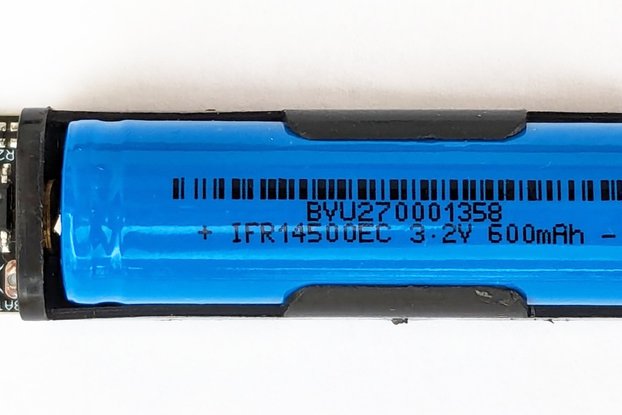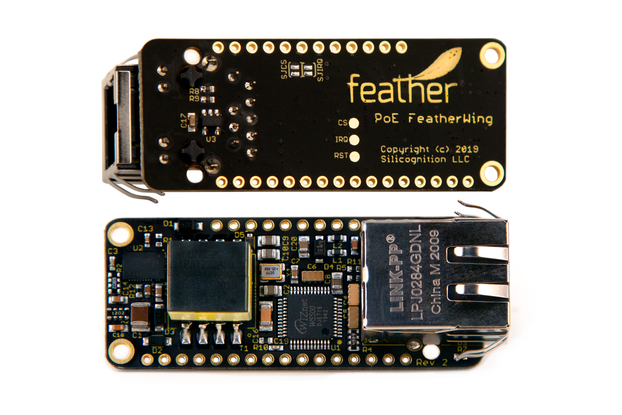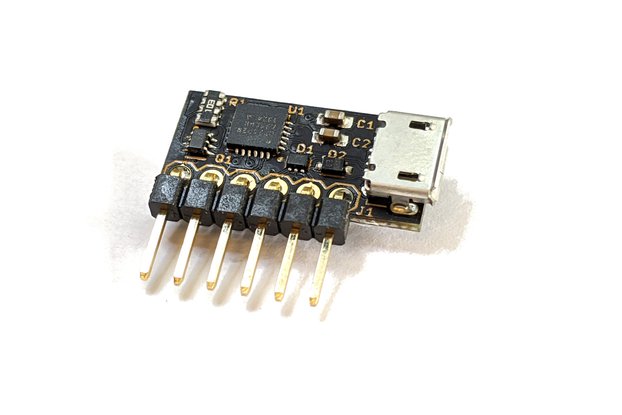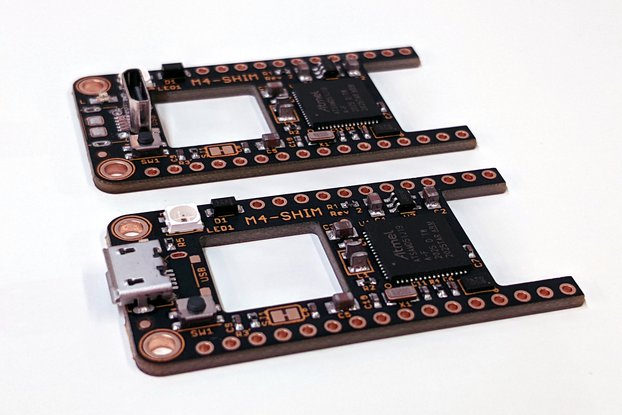LiFePO4 3A 4.5-28V solar charger with over-discharge protection, over/under temperature lockout and heater control
Designed by Silicognition LLC in United States of America
Buy with confidence.
Our Tindie Guarantee protects your purchase from fraud. Learn More
NOTE: We are now selling the new revision 4! Making a rugged solar charging system that will survive years of outdoor use exposed to extreme temperatures is not trivial. This board is intended to be…
Read More…NOTE: We are now selling the new revision 4!
Making a rugged solar charging system that will survive years of outdoor use exposed to extreme temperatures is not trivial. This board is intended to be a base for such a system.
To extract the maximum amount of power from your solar panel, you need to customize the maximum power point setting to match that of your panel. Use the following formula to calculate the value of the MPPT resistor:
MPPT = 120500 / (Vmpp - 4.295)
Some examples values from my own testing with different panels:
There are many ways that charge current is limited by different parts of the system, so often it's not necessary to worry about limiting the maximum charge current. For instance, even in the brightest sun, the output power of the solar panel may be limited to the extend that the charge current never reaches the limit of the battery. You can check this by taking the wattage of the panel, and using it to calculate the theoretically maximum charge current (Icharge = Ppanel / 3V).
If you find you do need to limit the current, you can calculate the maximum current as follows:
Ichargemax = 0.12 / Rsense
With revision 4 I only have units with a default charge current of 2.14A for sale, which uses a 0.056 ohm Rsense.
The maximum charge current can be increased by adding a resistor IMAX in parallel with the sense resistor already present on the PCB. The new sense resistance can be calculated by:
Rsense = 0.056 * IMAX / (0.056 + IMAX)
You can then use this new Rsense value to calculate the resulting charge current limit.
If you need to reduce the maximum charge current because your solar panel is too powerful for the battery capacity, you will need to replace the Rsense resistor, which is marked R16, with a value larger than the default 0.056 ohm.
A 10K NTC thermistor needs to be connected for the system to operate correctly. The system has been designed for thermistors with a B value of 3950, but reasonable performance can be had for B values down to 3435. There is a footprint for surface mount (R2) as well as through hole (THRM) thermistors. Only one of them should be used at a time.
Many battery packs come with a 10K thermistor built-in, and connecting this thermistor to the charger is the ideal situation. If one side of the thermistor is connected to ground internally in the pack, connect the external side to the THRM pad closest to R2. If no thermistor is present in the battery pack, we sell a thermistor with 8 cm leads that can be taped to the battery pack. A surface mount thermistor on R2 may work if there is little temperature difference between the PCB and the battery. If you don't want thermal protection of any kind, a 10K resistor can be installed instead of a thermistor. If nothing is installed, this looks like an under temperature condition to the device and your battery will not charge.
Below are calculated threshold levels for different B values of the thermistor:
In under temperature conditions, the solar panel's voltage is applied to an optional heater connected to the HEATER pads. This can be used to bring the battery up to temperature before charging is started, ensuring that no low temperature lithium plating occurs and thus maximizing battery life.
In its simplest form, the heater can be a power resistor thermally connected to the battery pack. In revision 4, a poor man's MPP was added to the heater control that will pulse width modulate heater power to prevent the solar voltage from falling below 70-80% of the MPP voltage of the panel. This is configured with the same MPP resistor as charging. The HEAT LED will pulse at the same rate as the power applied to the heater so if the heater resistance is very low, the HEAT LED may not turn on visibly as the pulses will be very short.
These devices deal with possibly high voltages and fairly high currents, in addition to high energy and power density batteries, used in possibly extreme outdoor environments. As such, using them correctly requires experience with electronics and an understanding of the rigors of protecting electronics in outdoor environments. I cannot be held responsible if something dies because it got wet or you put something on fire or you blow something up because you don't know what you're doing.
No country selected, please select your country to see shipping options.
No rates are available for shipping to .
Enter your email address if you'd like to be notified when LiFePO4wered/Solar1 can be shipped to you:
Thanks! We'll let you know when the seller adds shipping rates for your country.
| Shipping Rate | Tracked | Ships From | First Item | Additional Items |
|---|---|---|---|---|
|
:
|
| Quantity | Price |
|---|---|
| 1-9 | $19.00 |
| 10+ | $16.00 |
Product: (5.00)
Documentation: (5.00)
Shipping: (5.00)
Communication: (5.00)
Matthias | Jan. 11, 2019
Christopher | Sept. 13, 2018
Buy with confidence.
Our Tindie Guarantee protects your purchase from fraud. Learn More
Longmont, CO, United States of America
Ships from United States of America.
67 Reviews | 1,782 Orders

$8.75
Free Shipping!

$47.00
Free Shipping!

$55.00
Free Shipping!

$15.00
Free Shipping!

$13.95
Free Shipping!

$28.00
Free Shipping!

$14.00
Free Shipping!

$24.95
Free Shipping!
By clicking Register, you confirm that you accept our Terms & Conditions
We recognize our top users by making them a Tindarian. Tindarians have access to secret & unreleased features.
We look for the most active & best members of the Tindie community, and invite them to join. There isn't a selection process or form to fill out. The only way to become a Tindarian is by being a nice & active member of the Tindie community!
